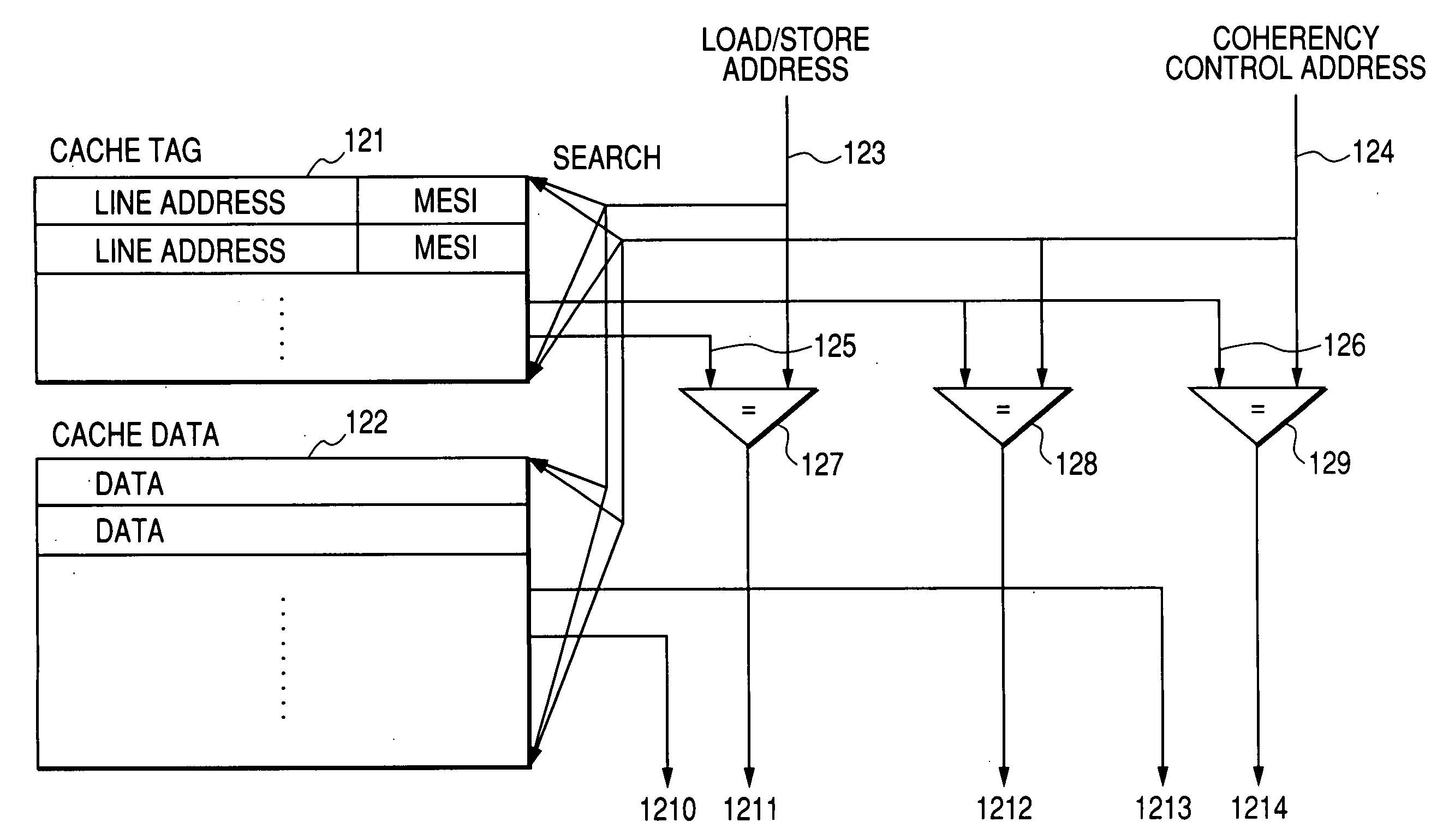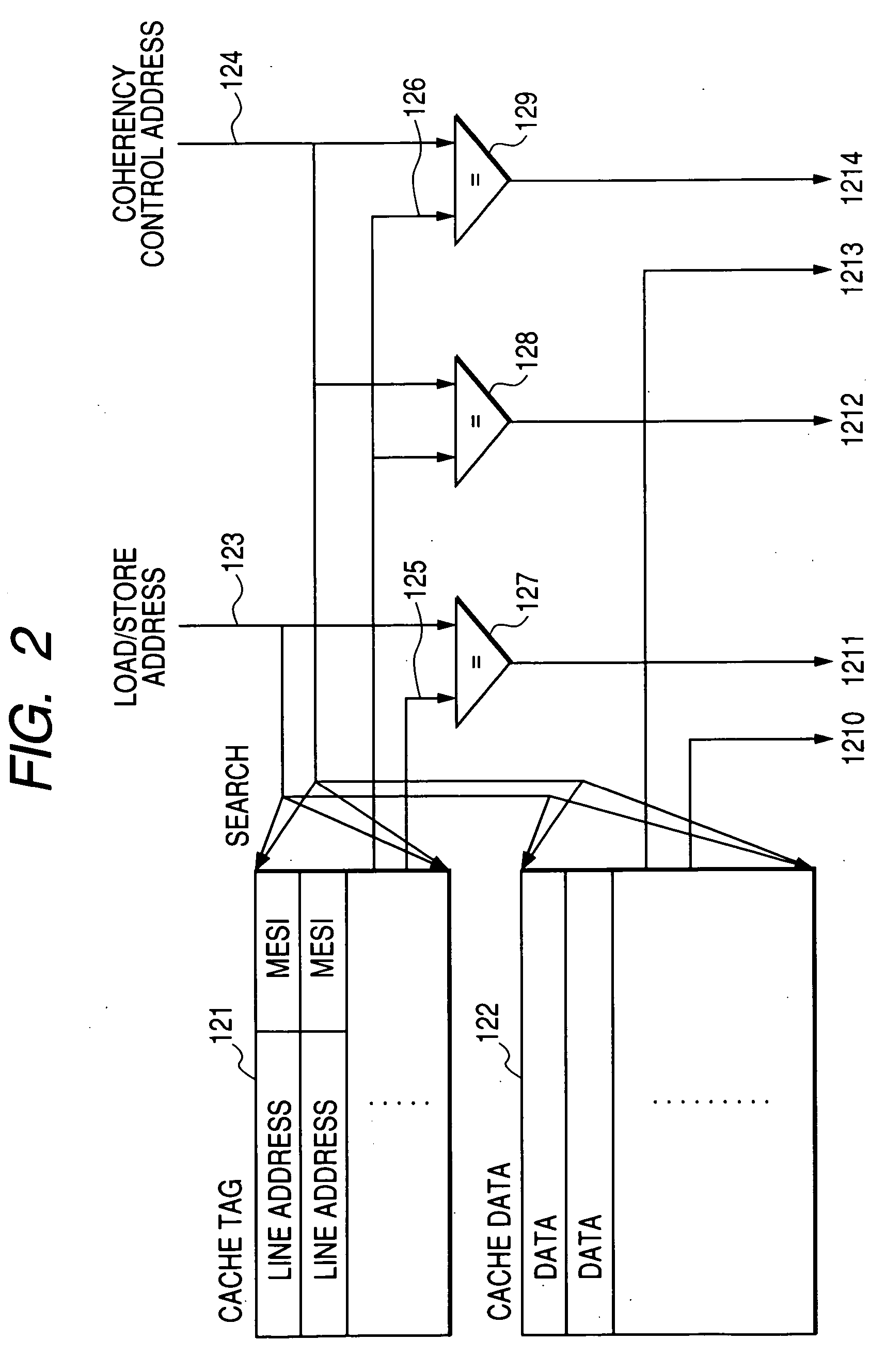Multiprocessor system
a multi-processor and system technology, applied in the field of multi-processor systems, can solve the problems of increasing the cost, reducing the performance reducing the access latency of the main memory, so as to reduce the number of transactions for coherency control, reduce the amount of hardware required, and reduce the number of directory read latency and hence the main memory access latency
- Summary
- Abstract
- Description
- Claims
- Application Information
AI Technical Summary
Benefits of technology
Problems solved by technology
Method used
Image
Examples
Embodiment Construction
[0031] A detailed description will be given below of coherency control for a shared memory multiprocessor according to preferred embodiments of the present invention with reference to the accompanying drawings.
[0032]FIG. 1 is a block diagram showing a shared memory multiprocessor according to an embodiment of the present invention.
[0033] Four nodes 100 to 400 (or nodes 0 to 3) are connected to one another through internode interfaces 900 to 905. Each node has the same configuration. For example, the node 0 (or node 100) comprises a CPU 110, a cache memory 120, a directory 130, a main memory control unit 140, and a main memory 150.
[0034] The cache memory 120 is a high-speed memory for storing a copy of data obtained from the main memory 150 and is searched using a portion of each memory address. This portion of each memory address used for searching the cache memory is referred to as a cache index portion.
[0035] It should be noted that even though FIG. 1 shows a system having fou...
PUM
 Login to View More
Login to View More Abstract
Description
Claims
Application Information
 Login to View More
Login to View More - R&D
- Intellectual Property
- Life Sciences
- Materials
- Tech Scout
- Unparalleled Data Quality
- Higher Quality Content
- 60% Fewer Hallucinations
Browse by: Latest US Patents, China's latest patents, Technical Efficacy Thesaurus, Application Domain, Technology Topic, Popular Technical Reports.
© 2025 PatSnap. All rights reserved.Legal|Privacy policy|Modern Slavery Act Transparency Statement|Sitemap|About US| Contact US: help@patsnap.com



